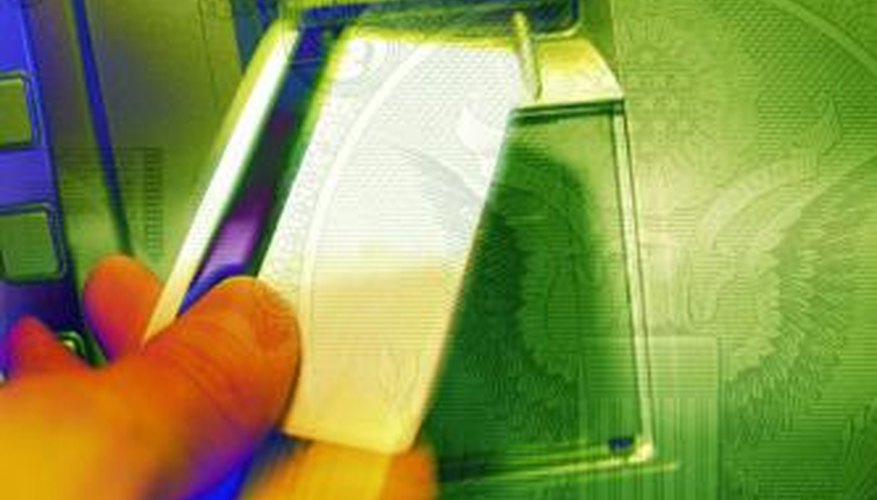Magnetic stripe tape is a tool for encoding data on items such as credit, debit and security access cards. These stripes act as small magnets attached to cards that when run through a magnetic stripe reader recognises a card and connects to a computer. This technology has been in use since the 1960s. While systems using magnetic readers are common, there are some disadvantages with the systems.
Close Contact
The reader and card stripe must be in close proximity for the system to work. This often means that the card must come into direct contact with the reader for the system to scan the card. This system appears at businesses and ATM machines.
- Magnetic stripe tape is a tool for encoding data on items such as credit, debit and security access cards.
- This often means that the card must come into direct contact with the reader for the system to scan the card.
Easily Damaged
The magnetic stripe on the back of a card can be damaged easily by exposure to high magnetic fields or through repeated use. Frequently used cards still might work but require multiple scanning attempts before the card reader system recognises the data. This issues can be frustrating and embarrassing.
- The magnetic stripe on the back of a card can be damaged easily by exposure to high magnetic fields or through repeated use.
Not Secure
The magnetic stripe reader system also is not secure. The data usually is not encrypted as securely as "smart card" technologies that store much more data using a microchip inserted into the card. Readers that fall into the wrong hands can easily be manipulated to steal data from unsuspecting victims.
Marine Enviroments
According to Net Card, card readers also are not optimal for working in marine environments, such as a store by a seashore. Salt water corrodes the heads of the magnetic stripe reader, making it more prone to malfunctioning and requiring repair or replacement.
